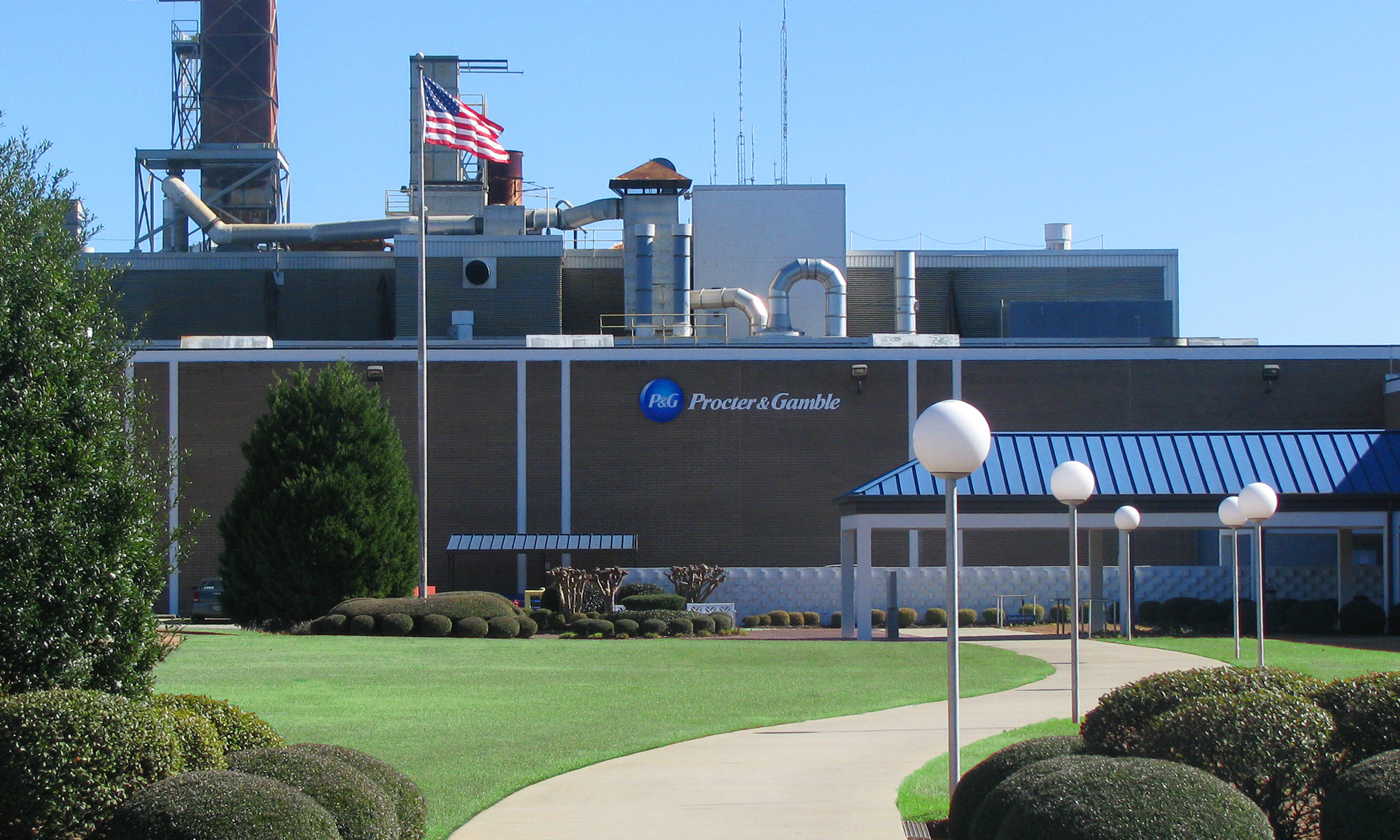Despite a vicious market sell-off in recent weeks, Procter & Gamble's (PG 1.31%) stock currently trades within 5% of its all-time high. The consumer-goods titan has provided its shareholders with shelter from this latest market storm as investors have come to appreciate the defensive nature of its staples-focused business.
Is Procter & Gamble's stock a compelling buy at current prices? Let's find out.

Image source: Getty Images.
Procter & Gamble has been popular among income-focused investors for decades. The company has paid a dividend consistently since 1890 -- a 128-year streak made even more impressive by 62 years of consecutive increases.
What makes Procter & Gamble such a reliable income generator for investors? The answer lies in its collection of iconic brands. P&G's portfolio includes multiple billion-dollar brands such as Tide detergent, Crest toothpaste, and Pampers diapers. These products are everyday necessities that benefit from repeat purchases, which, in turn, allows P&G to generate steady cash flows in all manner of market environments.
Moreover, Procter & Gamble has refocused its brand portfolio on its strongest product lines in recent years. By selling off non-core assets, P&G has significantly improved its cost structure and cash flow generation. These asset sales have helped to boost the performance of P&G's remaining brands. The consumer-goods giant delivered organic sales growth -- which excludes the impact of acquisitions and divestitures -- of 4% in the first quarter, up from 1% in fiscal 2018. This accelerating revenue growth is impressive, as it comes despite intense competition from retailers' private-label brands and internet-based rivals.
Better still, Procter & Gamble's strong cash flow production allows it to reward investors with share repurchases and a steadily rising dividend stream. Its shares currently yield more than 3% -- or about 50% more than the S&P 500 -- despite the fact that P&G maintains a relatively modest payout ratio, with its dividend payments accounting for less than 70% of its free cash flow. All in all, the company expects to return over $12 billion to shareholders via stock buybacks and dividends in fiscal 2019.
A less-than-ideal price
With Proctor & Gamble's business performing well, it's easy to see why its stock is trading near all-time highs. Yet its shares now trade for more than 20 times analysts' earnings estimates for fiscal 2019. That's a bit rich for a company that's projected to grow its profits by less than 7% annually over the next five years. And it's possible that this premium could evaporate if the market stabilizes and investors turn their attention toward higher-growth stocks.
Still, the steadiness and reliability of P&G's cash flow make it unlikely that its stock will suffer large losses over the next year or so. As such, it's an ideal candidate for a put-write option strategy.
An alternative, options-based approach
Rather than buy the stock today -- or alternatively, waiting and hoping to get the opportunity to buy shares at a more attractive valuation -- investors may want to consider selling put options. With this option strategy, you'll be paid a premium (cash received upfront) to enter a contract to buy 100 shares of Procter & Gamble at a specified time and price.
For example, the P&G January 2020 $90 puts are currently trading for about $7.50 per share. If P&G is trading at or above $90 on the option contract's Jan. 17, 2020 expiration date, the puts will expire worthless. And the $750 you receive in premium ($7.50 per share times 100 shares) will amount to a greater than 8% gain on the $9,000 at risk ($90 per share times 100 shares).
If P&G is trading below $90 at expiration, you'll be obligated to purchase 100 shares at an adjusted price of $82.50 per share ($90 minus the $7.50 per share you received in premium), or about 10% lower than P&G's $92 price today. It's also important to note that you would be buying P&G in January 2020, after the company will have had time to grow its earnings and cash flows over the year ahead. So, in effect, you'd be buying shares at a significantly better valuation than is possible by simply buying shares today.
Finally, between the time you sell the puts and the expiration date, you'll have the option of buying back the puts or rolling them to other strike prices and/or expiration dates.
While Procter & Gamble may not be a compelling buy at current prices, this option-based approach gives you multiple ways to earn a profit alongside the consumer-goods titan in the coming year.






